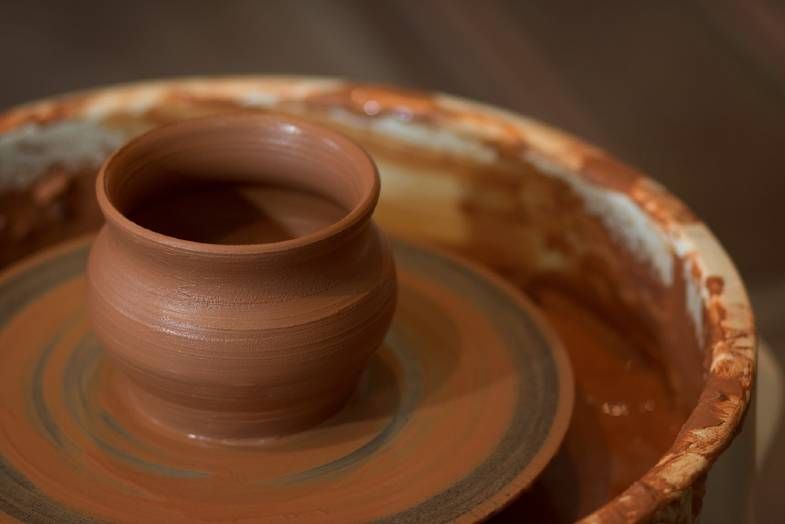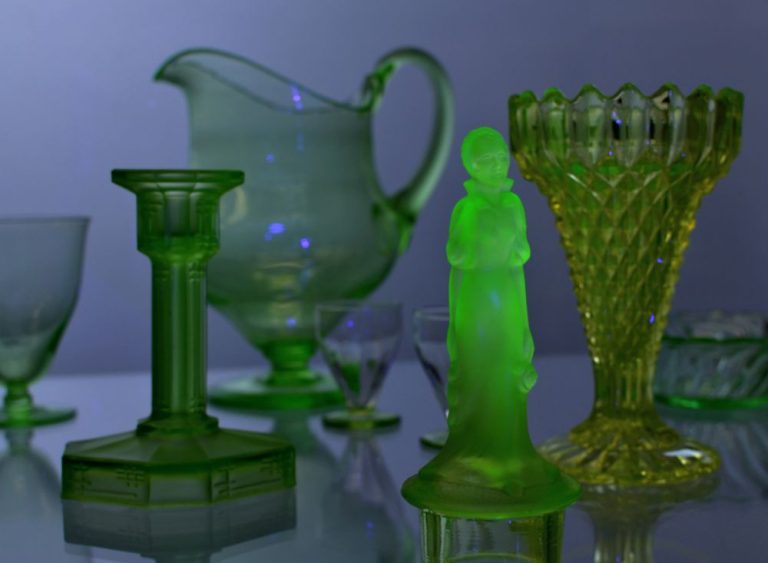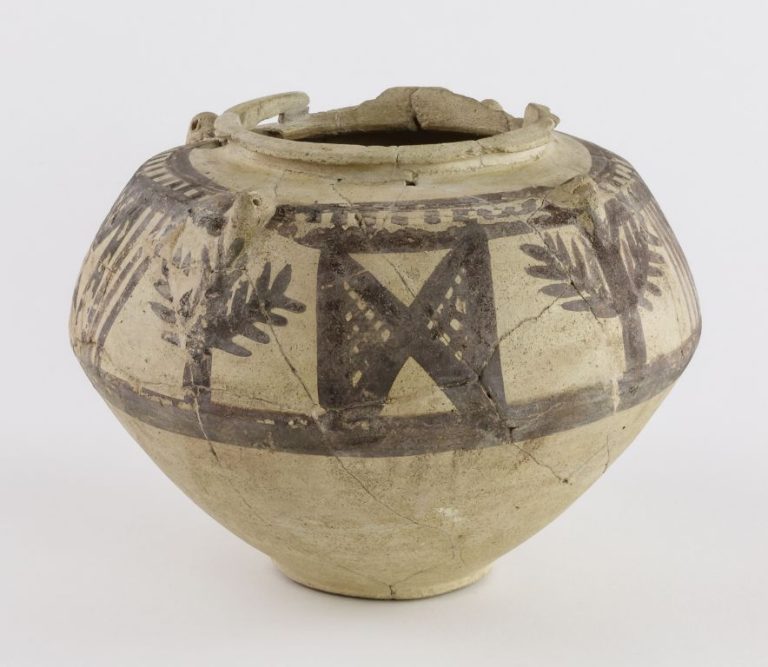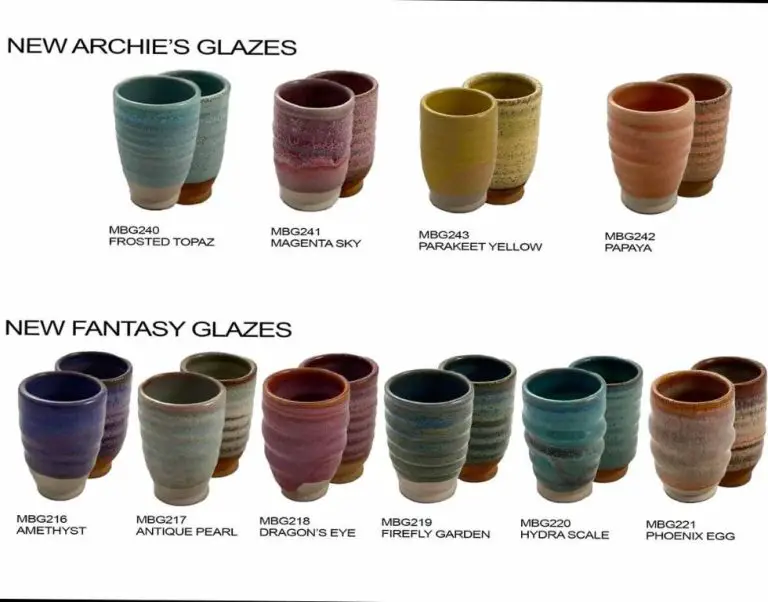What Kind Of Clay Is Used To Make Terracotta?
Terracotta is a type of ceramic made from fired clay. The term comes from the Italian “terra cotta” meaning “baked earth”. Terracotta has been used across cultures for centuries for both practical and decorative purposes.
The earliest known examples of terracotta sculpture and pottery date back over 24,000 years ago to ancient China. However, many historians believe terracotta was used even earlier in cultures preceding written history. Terracotta artifacts and pottery have been found from ancient Egypt, Greece, Rome, Asia, Africa, and the Americas.
Due to its durability, availability, and versatility, terracotta has been used not only for pottery and sculpture, but also for bricks, tiles, and decorative architectural elements on buildings. Over time, terracotta developed both utilitarian and artistic purposes across the world.
Sources:
https://home.howstuffworks.com/gardening/garden-design/terracotta.htm
What is Clay?
Clay is a natural material composed primarily of fine-grained minerals such as kaolinite and other hydrous aluminum phyllosilicates. It possesses a flaky internal structure and is highly moldable when hydrated, making it ideal for shaping into pottery, ceramics, and bricks.
There are several major types of clays used in pottery and ceramics:
- Earthenware clays – These include terracotta and are typically red or brown firing clays that can be used at lower temperatures. They absorb water and are porous when fired.
- Stoneware clays – Dense, non-porous clays that become vitrified and waterproof at high temperatures around 1200°C – 1300°C.
- Porcelain clays – Very white firing and translucent. They can be fired at extremely high temperatures up to 1400°C.
- Ball clays – Usually mixed with other clays and minerals. Help make pottery more plastic and increase strength when fired.
Clays are an ancient and ubiquitous material used across cultures for pottery, construction, art, and manufacturing. The unique properties that allow clays to be shaped and then permanently hardened through firing makes them indispensable.
Clays Used for Terracotta
Terracotta is made from special clays that contain high amounts of iron oxide, giving the finished product its distinctive red-orange color. The most common clay used is red earthenware clay. This clay is composed primarily of silica, alumina, and iron oxide and is found in many locations around the world.

According to research, the red earthenware clays used for terracotta often come from deposits around Stoke-on-Trent in England which have an ideal composition and provide fantastic depth of color (source). The high iron content in these clays allows terracotta to achieve its iconic vivid red-orange hue when fired.
Other clays may be used as well, such as some fire clays or ball clays added to the earthenware clay to improve workability. However, the essential component for authentic terracotta is the red earthenware clay which gives the finished product its distinctive look and properties.
Properties of Terracotta Clay
Terracotta clay has unique properties that make it well-suited for sculpting and firing into durable ceramic pieces. Some key properties include:
Color – Natural terracotta clay is reddish-orange due to high iron oxide content. The fired color ranges from pink, red, orange to brown depending on the clay composition and firing temperature.
Plasticity – Terracotta clay is fairly plastic and malleable when wet, which allows it to be shaped, molded, and sculpted before firing. The plasticity comes from the clay’s colloidal particles that allow it to be worked.
Firing temperature – Terracotta clay becomes terracotta when fired to between 932-1112°F (500-600°C), which is a relatively low temperature compared to other clays like stoneware or porcelain [1]. This allows the clay to be fired in kilns that reach lower peak temperatures.
Porosity – Terracotta has open pores even after firing, allowing some absorption of liquids. The porosity makes it less ideal for items holding water compared to vitrified ceramics.
Strength – While strong, terracotta has lower mechanical strength than vitrified ceramics. It also becomes more brittle when fired to higher temperatures approaching vitrification.
Thermal properties – Terracotta has low thermal conductivity, making it slow to conduct heat. This helps insulate buildings when used in construction.
Sourcing the Clay
Terracotta clay is mined from deposits that have high iron content. This gives the clay its distinct red-orange color when fired. Terracotta clay deposits are found around the world, but some major sources include:
In the United States, terracotta clay is mined in states like California, Texas, Tennessee, and Ohio. The clay found in these regions has the right composition and iron content to produce that iconic terracotta color and properties.1
In Europe, Italy and France have a long history of mining and producing terracotta. High quality terracotta clay is found around areas like Tuscany, Impruneta, and Provence.2
In Asia, terracotta clay deposits are found in countries like India, Thailand, China, and Vietnam. Many ancient terracotta artifacts originated from these regions where clay ideal for terracotta has been obtained for centuries.1
So in summary, quality terracotta clay is sourced globally from deposits containing the right composition and high iron content to achieve the typical terracotta properties when fired.
Preparing the Clay
Before the terracotta clay can be shaped and molded, it needs to go through an extensive preparation process. This is done to remove any impurities in the clay and make it soft and pliable enough to work with.
The clay that is sourced for terracotta production contains small pebbles, grit, and other particles that need to be removed. The clay is first broken down into smaller chunks and soaked in water for several days. This allows the clay to absorb moisture and softens it.
The soaked clay is then kneaded by hand, feet, or using a mallet. This kneading process squeezes out excess water and works the clay thoroughly to remove any trapped air bubbles. It also continues breaking down any remaining gritty particles in the clay. Kneading with the hands or feet can take hours until the clay has a uniform consistency with no lumps or pebbles remaining.
Once the clay has been adequately kneaded, it is further refined by pressing it through a screen to filter out any smaller impurities. The sieved clay is then wedged or slapped to remove any remaining air pockets and align the clay particles. This prepared clay can then be stored until it is ready to be thrown on the potter’s wheel or molded into the desired terracotta forms.
Shaping and Molding
Terracotta clay can be shaped and molded into a variety of forms using different techniques. Some common techniques for shaping terracotta clay include:
- Handbuilding – shaping the clay by hand into forms such as coils, slabs, and pinch pots
- Wheel throwing – using a potter’s wheel to throw and center clay into symmetrical forms
- Molding – pressing clay into plaster molds to create shapes
- Extruding – forcing clay through a die to create long consistent shapes like pipes or tubes
When working with terracotta clay, it’s important to keep the clay moist and workable. Letting the clay dry out too much will cause it to crack and be harder to manipulate. Some potters maintain the right moisture content by keeping clay wrapped in plastic when not in use. When handbuilding, smoothing tools can be used to refine the shape and blend added pieces of clay.
The thicker and heavier nature of terracotta makes some techniques like wheel throwing more difficult than with porcelain or stoneware clays. Extra care must be taken when centering the clay on the wheel. Slow wheel speeds help control the clay. Pieces may also require extra support from the potter’s hands when shaping to prevent tearing or slumping.
Artisans will choose shaping techniques based on the desired end product. Precise molding can reproduce consistent commercial items like tiles or pipes, while handbuilding and wheel throwing allow crafting one-of-a-kind artisanal wares.1
Decorating and Glazing
Terracotta pots and sculptures are often decorated or glazed to enhance their natural earthy beauty. There are many options for adding color, texture, and design to terracotta pieces.
Glazes are one of the most common ways to decorate terracotta. Glazes are glass-like coatings made from minerals, metallic oxides, and other ingredients that are fused to terracotta through high heat in a kiln. Glazes come in endless colors and finishes like glossy, matte, crackled, ombré, and more. The glaze is applied by brushing, dipping, or spraying the terracotta before a final firing.
Another option is to use mineral or mason stains, which are pigments made from natural sources like iron oxides. These stains actually absorb into the clay to provide saturated color. Stains can be used alone or in combination with glazes. Paints and food-safe dyes are other coloring agents that work on raw terracotta.
Terracotta can be decorated without adding color by imprinting, carving, or engraving designs into the surface. Tools like rubber stamps, carving tools, or embossers press patterns into the soft clay. Terracotta can also be textured using materials like lace, burlap, gravel, seashells, or pressed botanicals. This adds visual interest to neutral terracotta pieces.
No matter what decorating technique is used, terracotta provides an organic, earthy canvas for creativity. The finished decorative effects enhance terracotta’s natural warm tones and artisanal charm.
Firing Process
The firing process is a critical step in creating finished terracotta pieces. Terracotta clay contains minerals like iron oxide that give it its distinctive red-orange color. To bring out this color and harden the clay, it must be fired in a high-temperature kiln.
Typically, terracotta clay is fired between 930-1050°C or 1700-1900°F, though firing temperature can vary depending on the clay composition and intended use of the final product [1]. At these high temperatures, chemical and physical changes occur in the clay that permanently harden it into terracotta.
The firing process usually involves first raising the temperature slowly to allow any water in the clay to evaporate. Then the temperature is increased steadily to over 1000°C to fully mature the clay. The length of firing can range from several hours to over a day depending on the size and thickness of the clay pieces.
Kilns used for firing are often based on ancient designs, like wood-burning kilns or Anagama kilns. But some modern gas or electric kilns can also be used. The end result of proper firing is a strong, fully hardened terracotta material that maintains its shape and color after firing.
Modern Use of Terracotta
Terracotta continues to be a popular material today for both decorative and functional purposes. Its natural reddish-orange color and porous texture make it visually appealing. Terracotta pots and planters are commonly used for growing plants, herbs, and flowers. The clay allows air and moisture to pass through while the fired clay provides sturdiness and stability. Terracotta tiles are also popular for flooring and wall decor due to their rustic yet refined look. Architects and designers often incorporate terracotta into buildings for its aesthetic qualities.
Terracotta is also utilized for its functional properties beyond decoration. For example, unglazed terracotta pots called “ollas” are used to passively collect rainwater for gardening purposes thanks to the clay’s permeable nature (Source). Terracotta roof shingles provide temperature regulation due to the clay’s thermal mass. Terracotta sculptures and artworks withstand outdoor elements better than other materials. Overall, the strengths and versatility of terracotta clay continue to make it a popular choice for crafts, architecture, and art even today.



